By Nathan N. Prefer
They weren’t originally supposed to be there. In the early planning for the invasion of the island of Okinawa, the 27th Infantry Division was to be held in reserve as the eventual garrison force after the defeat of the Japanese 32nd Army. It had not been beefed up with attached units such as added artillery and supporting formations.
But the plans soon changed when the Tenth U.S. Army, under the command of Lt. Gen. Simon Bolivar Buckner, decided to expand the number of islands needed to establish offshore naval and supply bases for the final American push against Japan’s home islands. To accomplish these added tasks, the Tenth Army’s reserve divisions, the 27th Infantry, 77th Infantry, and 2nd Marine Divisions, would be assigned immediate active roles in the campaign.
While the 77th Infantry Division seized the offshore islands, and the 2nd Marine Division feinted a landing at the other end of the island, the 27th Infantry Division would be landed on southern Okinawa as the immediate reserve combat unit. The 81st Infantry (“Wildcat”) Division was now designated as the new distant reserve for Tenth Army.
The 27th, commanded by Maj. Gen. George Wesley Griner, Jr., already had seen quite a bit of this war. It had been inducted from the New York State National Guard on October 15, 1940, and trained in Alabama and Tennessee before sailing for Hawaii in March 1942, one of the first U.S. Army divisions to go overseas. There it defended the islands against a feared Japanese landing until November 1942, when, all threats of a Japanese landing having passed, the division entered a series of training cycles.
These lasted for another year before its 165th Infantry Regiment, reinforced with elements of the 105th Infantry Regiment, seized Makin Atoll in the Gilbert Islands. In January 1944, another regiment, the 106th, participated in the Marshall Islands operation, seizing Majuro and Eniwetok as part of a Navy-Marine Corps task force.
The division was next selected to act as a reserve force for the V Amphibious Corps, a Navy-Marine Corps command ordered to seize the Mariana Islands of Saipan and Tinian. As would happen the following year at Okinawa, the division was rushed ashore when the Japanese threatened the supporting American fleet.
In order to rush the transport, support, and supply ships out of harm’s way, the 27th Division was landed and immediately put into the front lines on Saipan between the 2nd and 4th Marine Divisions. The infantrymen then fought through Nafutan Point, Death Valley, Purple Heart Ridge, Hara-kiri Gulch, and Hell’s Pocket before two of its battalions were overrun and nearly wiped out by the final desperate, massive Japanese banzai charge on Tanapag Plain.
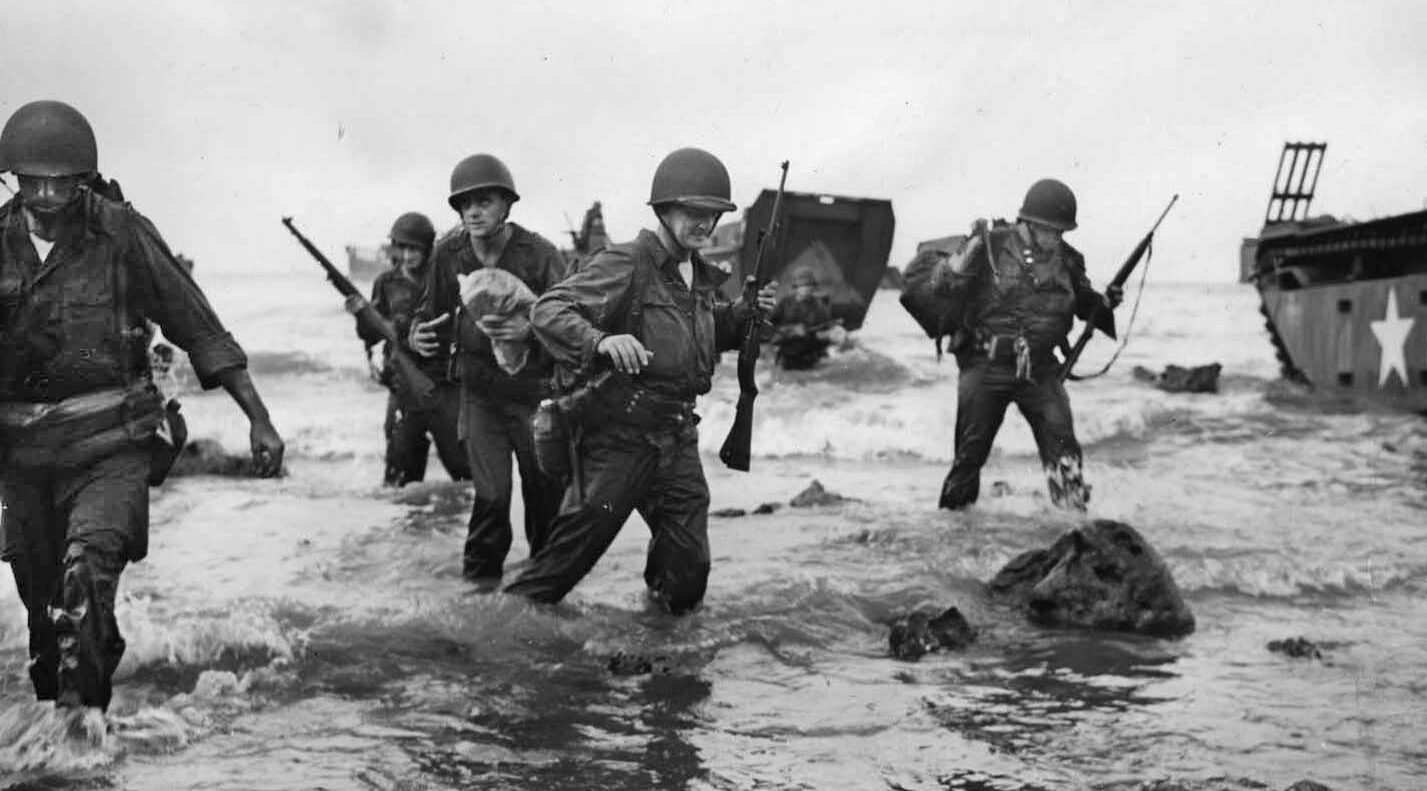
The 27th’s losses for the campaign came to nearly 4,000 officers and men. The survivors were sent to Espiritu Santo and spent the next six months recuperating and training before departing for Okinawa on March 25, 1945. The New Yorkers came ashore on Okinawa on April 9, 1945.
With their backs against the wall, the Japanese knew that their last hope of preventing an invasion of their island nation lay on Okinawa. As a consequence, they had ringed the southern portion of the island with a stunning array of concrete pillboxes, gun emplacements, tank traps, and networks of caves that they called the Shuri Line. When the Tenth Army landed, it was up against the main Japanese defenses, arguably the most formidable ever encountered by the Americans on any of the Pacific islands. Named after a prominent castle located in the center of the line of hills, ridges, and other terrain obstacles, the Shuri Line was the main defensive position of the 32nd Army.
Needing fresh troops to crack the Shuri Line, General Buckner assigned the 27th Infantry Division to his XXIV Corps, commanded by Maj. Gen. John R. Hodges, a Pacific veteran. The 27th relieved part of the tired 96th Infantry Division on the right of the Tenth Army’s front line.
General Griner was, like his troops, a veteran. A Georgian by birth, he had fought in World War I in a machine-gun battalion at St. Mihiel and the Meuse-Argonne offensives. Between wars he had taught military science and tactics, and served in the Philippines and at the War Department. After the war began, he served in Europe before receiving a promotion to brigadier general and becoming the assistant division commander of the 77th Infantry Division.
In September 1943, he was promoted to major general and assumed command of the 13th Airborne Division, then the 98th Infantry Division, before being ordered to the Pacific to take command of the 27th Division, whose previous commander, General Ralph Smith, had been relieved due to the perceived poor performance of the division on Saipan.
At Okinawa in mid-April, the Japanese knew the Americans would continue their attack, for there was little option available to them. They also knew that their main threat was from American firepower—artillery, tanks, flamethrowers, and aircraft. One Japanese warning to the troops stated, “The enemy is now preparing to advance on all fronts. Our front lines will necessarily be subjected to fierce bombardments.”
The Japanese soldiers were instructed to “secure their weapons by placing them under cover or in a position of readiness, so that they will not be prematurely destroyed.” One Japanese unit, the 44th Independent Mixed Brigade, was particularly concerned about American flame-throwing tanks and “yellow phosphorus incendiary shells.” Another unit, the 22nd Infantry Regiment, emphasized the importance of careful selection of points from which to make close-quarter attacks on American tanks.
Holding the right of the XXIV Corps line, Griner’s 27th Division faced some unique problems. Part of the front line faced the Machinato Inlet, a small body of water intruding into the coastline of Okinawa and providing the Japanese with excellent observation over much of the division’s front lines. Seeking a way to eliminate this danger to his operations, Griner noticed a captured document from the 62nd Division, which stated that the Americans “generally fire during the night, but very seldom take offensive action.”
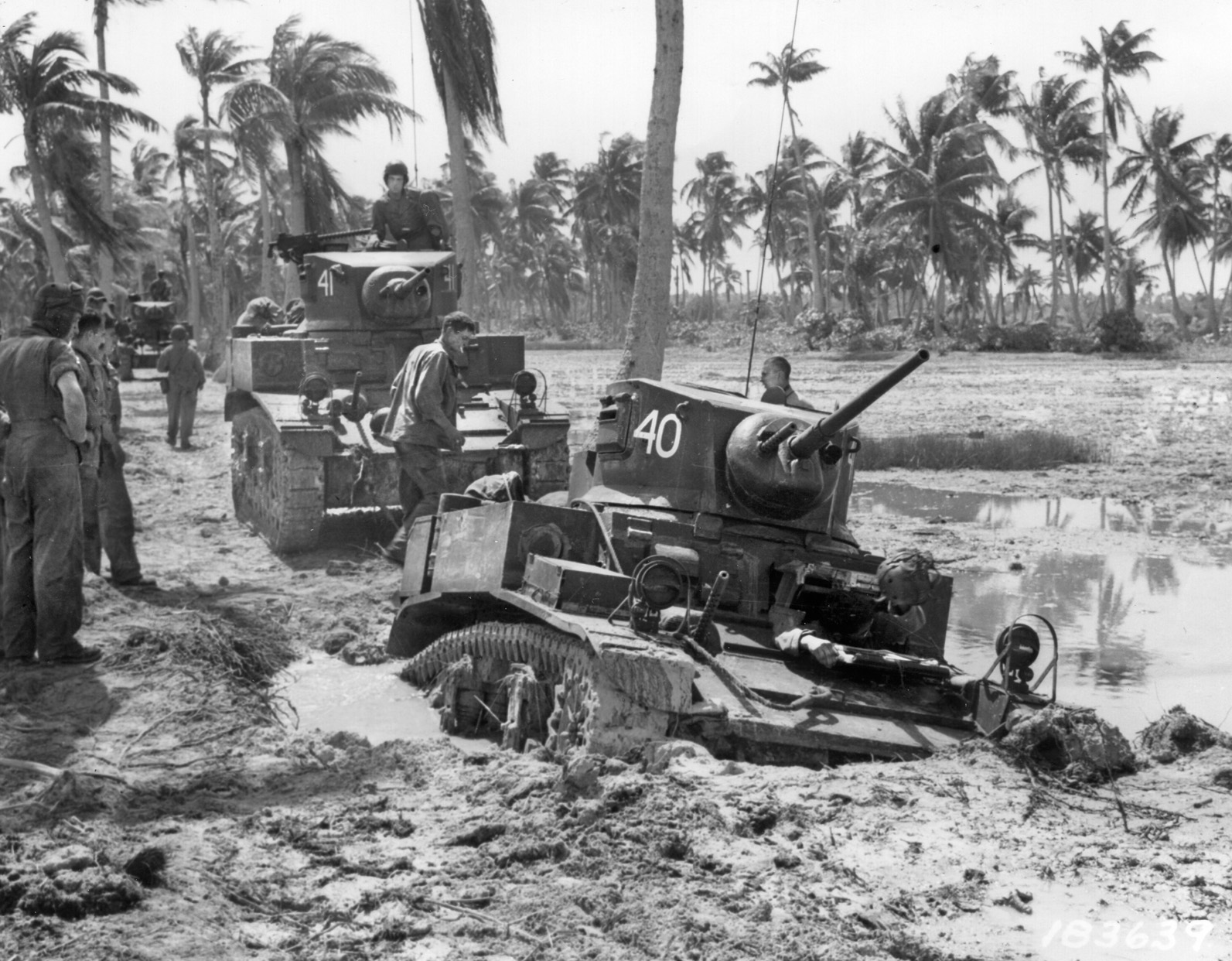
Since his division had done some night attack training before arriving on Okinawa, Griner decided to put it to use. Noting that his front covered some 1,000 yards of open ground facing the Japanese main line, he realized that a night attack would prevent enemy observation and allow his troops a good chance to cross much, if not all, of the ground undetected. He might even catch the enemy off guard.
General Griner planned for Colonel Albert K. Stebbins’ 106th Infantry Regiment to cross the lightly held Machinato Inlet during the night of April 18-19 while Colonel W.S. Winn’s 105th Infantry Regiment undertook a daylight push to attract Japanese attention and reach the main enemy defenses. The latter was also to take Kakazu Village and seize the critical Urasoe-Mura Escarpment where it was to connect with the 106th Regiment.
With the ridge barring the way for armored support, part of the division’s tank battalion would sweep around the left (east) flank of Winn’s 105th Regiment and join forces with it south of Kakazu Ridge at Kakazu Village. Once joined, the combined force would move on to attack the Urasoe-Mura Escarpment.
During the night of April 18-19, 1945, the men of Lt. Col. Harold F. Gormsen’s 102nd Engineer (Combat) Battalion planned to place four bridges across Machinato Inlet. One footbridge for the soldiers, two Bailey bridges for supporting weapons, and a rubber pontoon bridge able to carry 2½-ton trucks loaded with supplies.
The combat engineers had no experience with installing Bailey bridges, but fortune smiled upon them when 1st Lt. Irving S. Golden, who had only recently joined the division after graduating from the Army Engineer School at Fort Belvoir, Virginia, mentioned he had worked on Bailey bridges while in Tunisia. They had managed to get in a few days of training before the night of April 18-19.
The engineers also practiced some deception to prepare the bridge site. A road would be needed to carry bridge equipment and the heavily loaded armored vehicles and trucks, but there was only a rough trail leading to the site, and it was under constant enemy observation. Not only that, but the road ended in a marsh 250 yards short of the bridging site.
So, for several days before the planned attack a lone bulldozer worked lazily around the trail area, seemingly clearing bogged-down jeeps and pushing rocks and dirt off to the side. All the while under direct Japanese observation, the bulldozer often halted in place, the driver seemingly resting, until the next call for his services came. But what the Japanese could not see was that at night the bulldozer worked feverishly to clear a road from the division rear to the planned bridge site. By the date of the attack, the road was complete, including a path over the marsh blocking the bridge site.
General Griner was determined to make progress. He ordered his commanders, “No matter what else happens, we must advance. We do not have time to wait for units on our flanks. If they cannot move, we will push forward, anyway. I do not want to hear any unit commander calling me and telling me that he cannot advance because the unit on his flank cannot advance.” Looking directly at Colonel Winn, commander of the 105th Infantry Regiment, he said, “Of course, we will take heavy casualties. Some of us here will possibly be killed, but that is the cost of war and there is no help for it.”
Griner also ordered his division engineer, Colonel Gormsen, to be prepared to replace the bridges over the inlet when, as he fully expected, they were destroyed by enemy artillery. To strengthen the attack and protect the flanks, the 27th Cavalry Reconnaissance Squadron was attached to the 106th Infantry Regiment to guard the beach portion of the planned route.
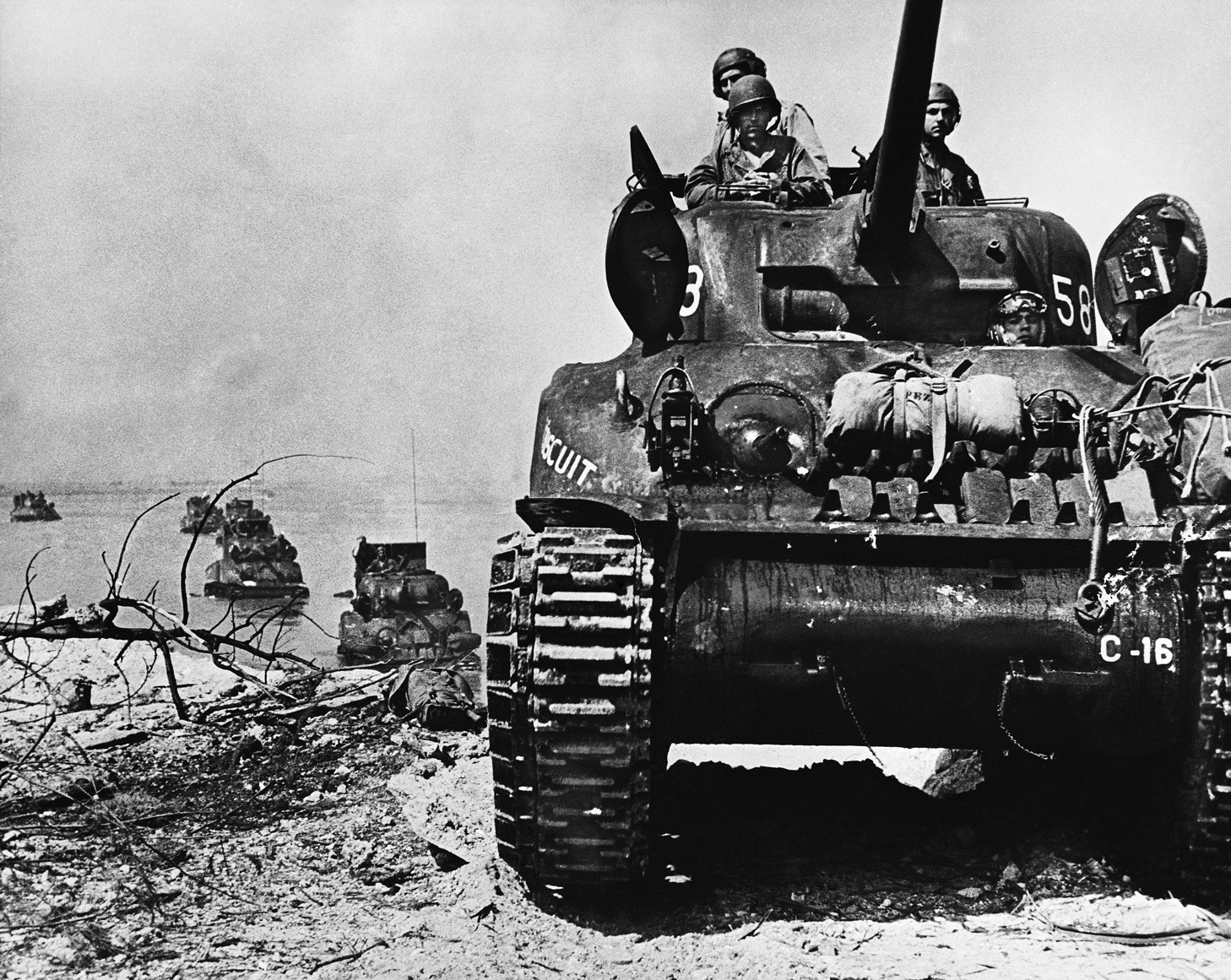
On the left of the attack, the 102nd Engineers had another task. There was no road to the only bridge site in the path of the 105th Infantry Regiment, which lay in the adjoining divisional sector. So an agreement was reached with the 96th Infantry Division that the 27th Division engineers would replace the bridge there, along what was termed the Kakazu Road. Captain Robert Crimmins, the assistant division engineer, assumed responsibility for this task. Tanks from the division’s organic 193rd Tank Battalion would support both attacks.
Unlike the rest of the division, the 193rd Tank Battalion was not originally from New York. It was one of the handful of tank battalions organized within the National Guard before the war. Since the expense of organizing and maintaining such equipment was prohibitive in a Depression-era nation, these battalions were spread out among several states. The 193rd Tank Battalion (Light) hailed from Georgia, Alabama, Texas, and Colorado. It was inducted into federal service on September 1, 1940, and sent to Fort Benning, Georgia, for training. Here it was first assigned to the new 2nd Armored Division.
In December 1940, the battalion boarded a ship and set sail for the Philippines to reinforce the Philippine-American garrison there. When the Japanese attacked the Philippines, the battalion was diverted to Hawaii, arriving there on January 7, 1941. Its individual companies were parceled out to the 24th and 25th Infantry Divisions, then preparing to defend Hawaii against a Japanese landing. When the 27th Infantry Division arrived in Hawaii and prepared to move to the attack in the Gilbert Islands, the battalion was assigned as its support, remaining with it for the much of the war.
The battalion had fought at Makin Atoll. After that battle it had been converted into a medium tank battalion, trading in its light tanks for the newer and larger M4 medium tank, referred to as the “Sherman.” Transferred to Espiritu Santo, the battalion rejoined the 27th Infantry Division and began a comprehensive training program, concentrating on tank-infantry cooperation.
The tankers carried 28 AN/VRC-3 radios specifically to communicate with the accompanying infantrymen. The leaders’ tanks, those of the platoon commander and platoon sergeant, were also equipped with sound-powered phones so that the infantry could talk to them during operations even if the tankers remained sealed in their vehicles.
To improve their chances of survival, the tankers had also installed what they termed “back-scratchers,” consisting of four electronically detonated antipersonnel mines mounted around the tanks’ turret that the crew could trigger to ward off close assaults by enemy infantrymen. Another “improvement” was the welding of extra armor plate over the critical sponson wheels.
Lieutenant Colonel Walter F. Anderson’s 193rd Tank Battalion was, as were most tank battalions at this stage of the war, outfitted with the M4A3 Sherman, armed with a 76mm main gun (some units retained the older 75mm main gun), and powered by a 500-horsepower Ford V-8 gasoline engine specifically designed for tanks; it carried a normal crew of five soldiers. Additional armaments were two machine guns, one hull mounted and one turret mounted. It weighed 71,188 pounds when combat loaded. One of its chief advantages was its top speed, which approached 30 miles per hour. Another advantage was its mechanical reliability, better than most enemy tanks then fighting against them.
But it had disadvantages as well. The gasoline-powered engine caught fire fairly readily, and its high silhouette (10 feet) made it a tempting target for enemy antitank gunners.
Although rarely at full strength, the American tank battalion of late World War II consisted of 39 officers, two warrant officers, and 709 enlisted men. The tank battalion was equipped with 53 medium tanks, six howitzer-equipped tanks, and 17 light tanks, the latter usually grouped in Company D.
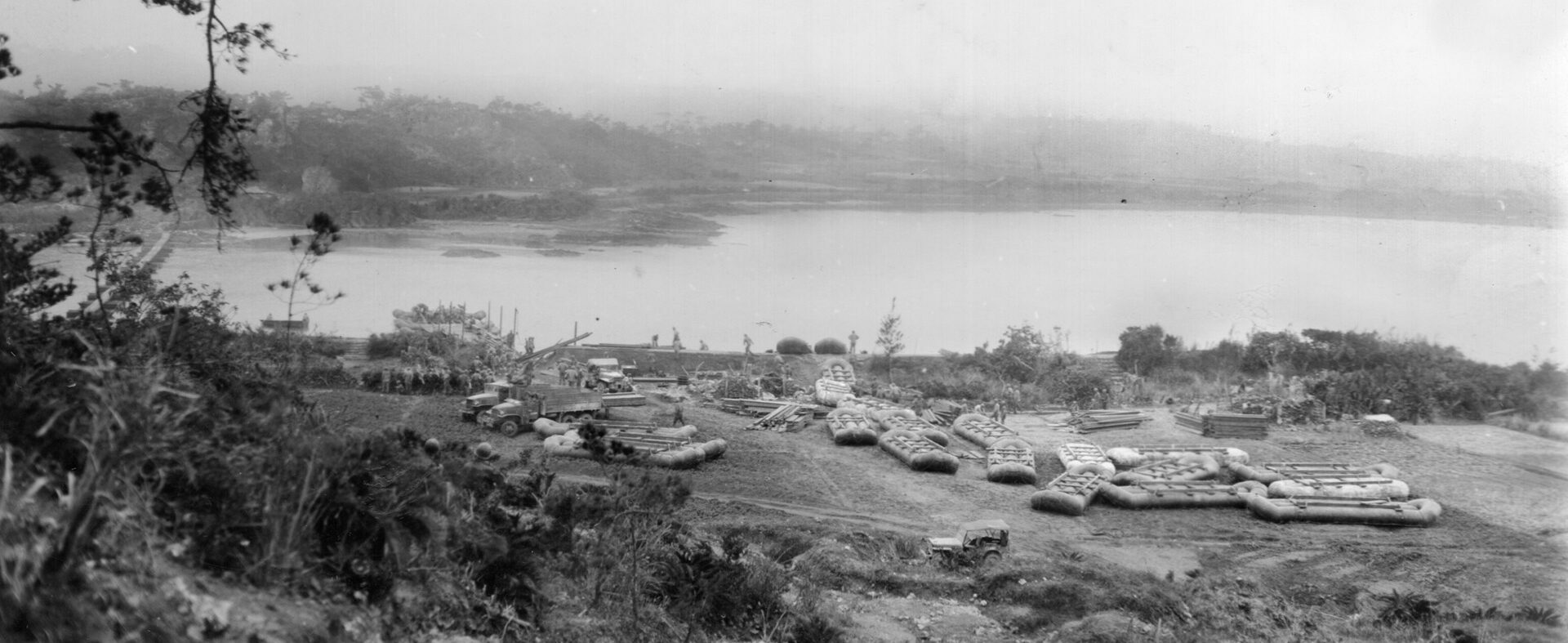
Numerous other vehicles and equipment were also a part of the battalion, but the tanks and assault guns were the primary weapons. During the Okinawa operation, the 193rd Tank Battalion was known by the radio call sign “Cowboy.”
Wednesday, April 18, 1945, dawned clear and bright. High towering cumulus clouds drifted lazily overhead, pushed by a faint breeze. The breeze was particularly important to General Griner. Since it blew in from the sea, it would cover the movements of his troops once the planned smoke screen was launched.
The morning passed quietly, other than an airstrike against the Japanese across Machinato Inlet. Occasional naval gunfire added to the noise and dust. In hundreds of foxholes along the American front line, soldiers were cleaning weapons or equipment and writing letters home. By mid-afternoon, many officers at the headquarters of the 27th Infantry Division were strapping on their equipment and preparing to go forward to observe the coming attack. No vehicles were allowed to move to the front unless they belonged to “Peace Pipe,” the 102nd Engineer (Combat) Battalion, or “Cowboy.”
Shortly before 4 pm, the men of Company G, 106th Infantry, rose from their foxholes laden with belts, harnesses, ammunition bandoliers, and weapons and began the attack purposely designed not to look like an attack. Like the deceptions before them, it was not an attack out of a movie, but rather a slow, steady gathering of small groups of men who seemingly had no interest in moving too far forward but were simply gathering to talk or exchange goods. Many wore no jacket or helmet. Machine guns were seemingly casually laid down on the ground without obvious efforts to sight them on the enemy. Even a motion picture cameraman appeared and began filming and adjusting his camera.
One of these groups was under the command of 1st Lt. Clarence F. Stoeckley, commander of Company G. He was accompanied by 1st Lt. Spencer M. Pitts of Company L and his platoon. These men were actually positioning themselves for their attack once the smoke screen appeared, which it did shortly after 4 pm. Even the smokescreen arrived slowly and gradually, with long pauses between shells.
But soon the screen enlarged and expanded. Guided by 1st Lt. John R. Minett, who had led a patrol over the stream days earlier, the group under Lieutenants Stoeckley and Pitts crossed the water. Their objective was to clear the village of Machinato and provide protection to the bridge builders about to begin their critical work. All this subterfuge worked, and the Japanese did not become aware of what was happening until all of Company G was across the inlet.
As the Japanese opened fire, Company B, 88th Chemical Mortar Battalion ceased its smoke operations. When the smoke cleared, there were no Americans in sight; Company G had crossed without the loss of a man.
The battle then returned to the usual type of fighting on Okinawa. Americans attacked the Japanese, who were well hidden in caves, crevices, and tombs. The Americans battled from rock to rock, from hill to hill, and from cliff to cliff—all the while taking and inflicting casualties.
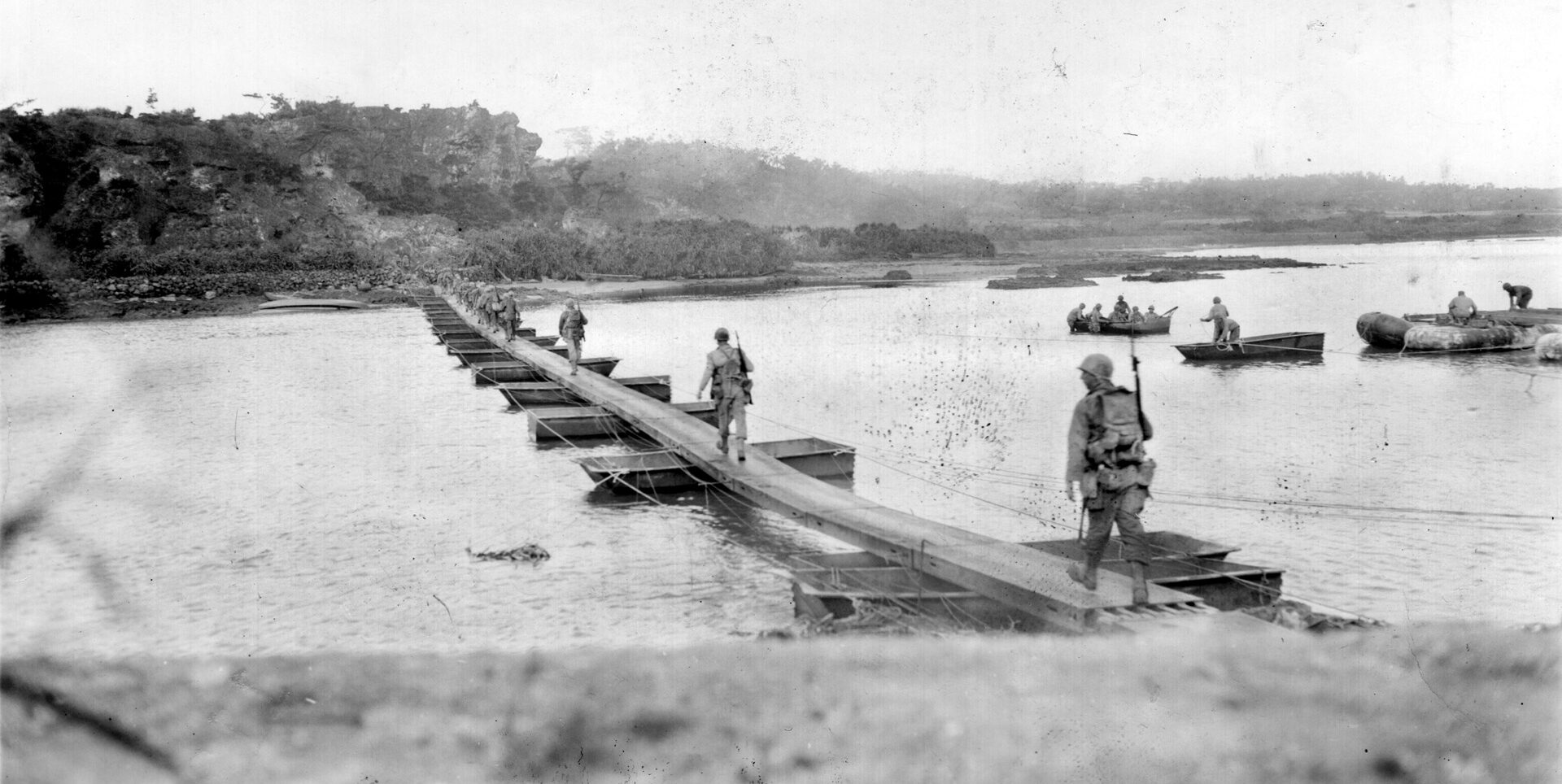
One of these casualties was Lieutenant Pitts, who fell seriously wounded by machine-gun fire. The battle continued into the night. But well before midnight, Machinato was in American hands and the road for the engineers open.
Lieutenant Golden, advising Company A, 102nd Engineer (Combat) Battalion, completed the first of the Bailey bridges by 10 pm. Ironically, Company B of the engineers had trouble with the pontoon bridge when the tide carried away the anchor line. Nevertheless, vehicles of the 193rd Tank Battalion and others immediately began crossing the Bailey bridges. Carefully rolling along paths still being cleared by mine detector teams, the movement forward was necessarily slow.
Things were made slower when the Japanese opened fire on the bridges as daylight brightened up the area. One of the first Japanese targets was the reconstructed pontoon bridge, just completed, which they knocked out.
The 106th Infantry now took part in the general attack on the Shuri Line by the XXIV Corps. Reinforced with the 1st Battalion, 105th Infantry Regiment, the attack on Kakazu Ridge succeeded in bypassing the Japanese main defenses. Despite heavy machine-gun and mortar fire, the battalions pushed ahead, but many units became pinned down by Japanese fire.
Then, shortly after 8:30 am, Sherman tanks began to appear in small groups as they cleared the minefields along the inlet behind the infantry. Three tanks had already been lost to mines, and now Company A, 193rd Tank Battalion lost four more to a Japanese 47mm antitank gun. Nevertheless, some 30 tanks, self-propelled guns, and armored flamethrowers came forward, most of them from Company A, 193rd Tank Battalion. The tank column hurried south, looking for a reported route into the enemy’s rear.
So far the plan had gone well, and by the next day some 1,600 yards of enemy territory had been seized. But this advance only brought more difficulties, as was common on Okinawa. The 27th Infantry Division now found itself facing what became known as “Item Pocket” and “Pinnacle Ridge,” both facing the 106th Infantry Regiment. Once again, all moves were easily seen by the Japanese observers.
This observation enabled them to blow up the critical bridges over the Machinato Inlet almost as fast as the Americans could rebuild them. Finally, after all supplies were exhausted, Company B of the engineers pushed out a coral causeway from both ends, joining them at the middle with the last three pontoons remaining to the division.
But still the Japanese tried to destroy the bridges. Even as late as the morning of April 22, two Japanese soldiers, one with demolitions and a grenade strapped to his body, came down from the Pinnacle in an attempt to blow up the bridges. But the engineers had established a guard for just such an event as this, and an engineer opened fire, hitting the grenade and setting off the demolition charge prematurely.
Determined that enough was enough, one unnamed engineer put up a sign over the bodies of the Japanese soldiers that read, “Warning! Don’t nobody else [expletive deleted] around with this bridge no more. Signed, 102nd Engineer Battalion.” Whether or not the sign was responsible, there were no more attempts to destroy the Machinato Inlet bridges.
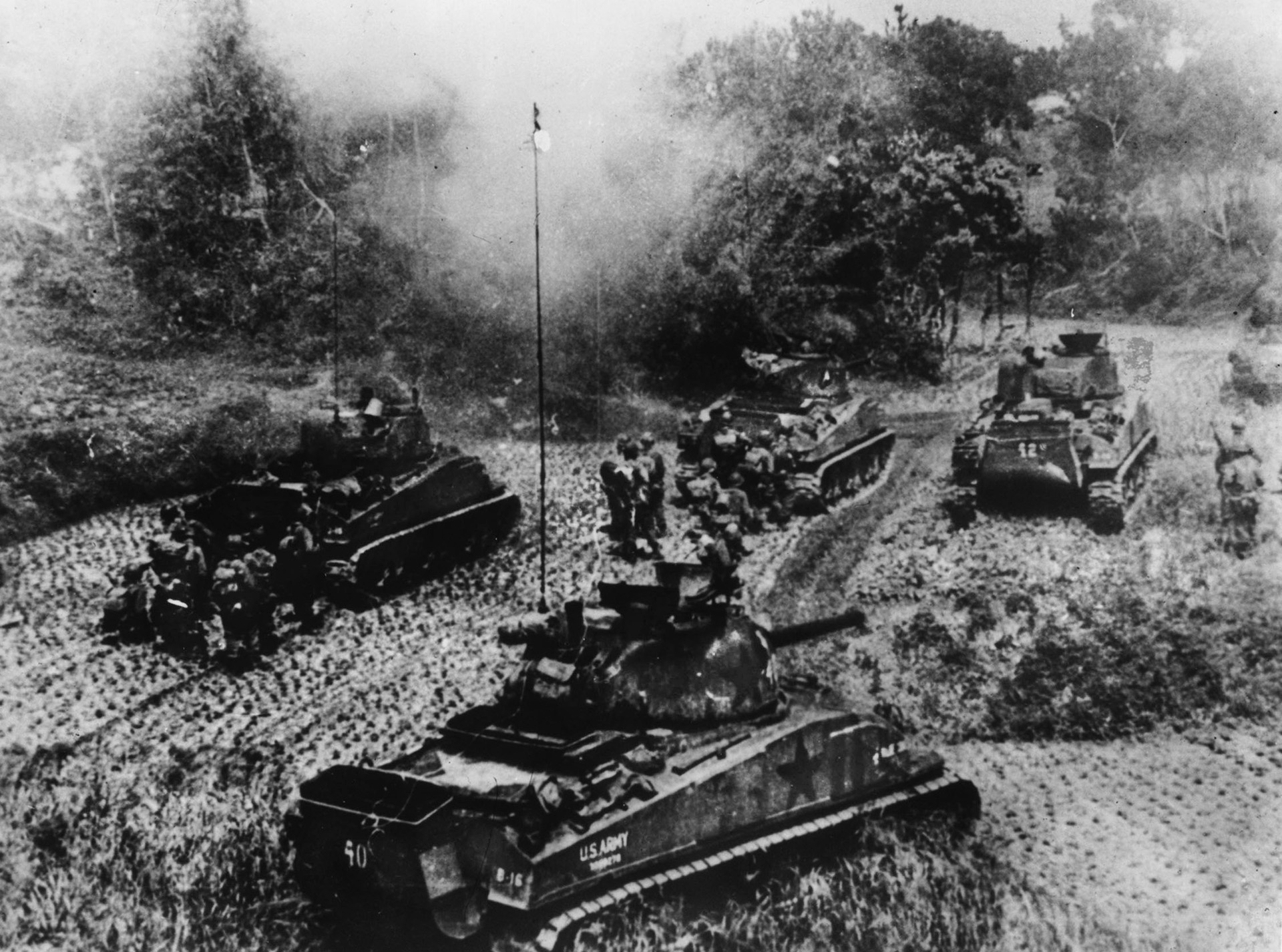
Meanwhile, the battle for Item Pocket continued. As the infantry battalions advanced, a call for tank support came as well. Enemy fire was heavy and accurate, forcing the infantry to seek cover. Lacking armor support, they could not advance without taking unacceptable casualties. The problem for the tanks was a small stream that blocked their advance.
Anxious to maintain his momentum, General Griner gave Anderson a direct order to push a bypass through the area. With only one bulldozer-equipped tank left to his battalion, Colonel Anderson protested, arguing the division could not afford to lose its last remaining bulldozer, but was again ordered to force a bypass.
With Griner’s order ringing in his ears, Anderson went forward, climbed into the driver’s seat of the bulldozer, and proceeded alone to construct the needed bypass. Once completed, the colonel jumped down and took over the lead tank, moving forward onto the new route. As he did so, an enemy 47mm antitank gun, which all this time had remained silent, opened fire and scored a direct hit on Anderson’s tank, killing both him and an infantry guide directing him. The bypass was now blocked by the derelict tank. Lt. Col. John Behrens replaced Colonel Anderson.
Nearby, Company A, 193rd Tank Battalion had tried to bypass Kakuzu Ridge and meet the advancing infantry behind the village as planned. Reinforced with armored flamethrower tanks of Company B, 713th Tank Battalion in its first combat, the tanks moved off late on April 19. But Lt. Col. Rayburn H. Miller’s 1st Battalion, 105th Infantry was stopped by strong enemy resistance along Kakazu Ridge, and the tankers soon found themselves on a death ride.
Moving according to the plan, Company A and its attachments encountered light opposition to Route 5. There remained some 30 tanks, assault guns, and flamethrower tanks. Originally, the column was to move along Route 5, the Kakazu Road, and into Kakazu Village where they would meet the infantry.
As the tank commanders looked over the terrain they would have to pass, it quickly became obvious that they could not use the road for any distance. Instead, from earlier reconnaissance photos they decided to go down Route 5 until they came to an unimproved road that would allow them to turn right and into the village.
Having plowed through the initial enemy defenses, the tanks began looking for the unimproved road. The leading tanks missed it completely, the road actually being only a narrow trail, and continued on south, deeper into enemy territory. They were soon taken under antitank fire from the zone of the 96th Infantry Division, which had not advanced that far. In moments, five tanks were knocked out. The rest turned back on Route 5 toward Rotation Ridge, firing at enemy positions as they passed.
After a while they came to a road branching off to the west, and the company commander, Captain Harry B. McAmick, led his vehicles onto this road, thinking it was the one he had been seeking. For the next hour the tanks roamed around the enemy rear areas at will, firing into any enemy positions found. But after thoroughly searching, Captain McAmick realized that he could not get into Kakuzu Village on this path. The command turned back to Route 5 and searched once again until they finally found the unimproved road they had been seeking all along.
The road led Company A directly into Kakazu Village, where for nearly five hours the Americans ranged up and down the narrow streets blasting and burning everything in sight. Captain McAmick was waiting for American infantry, but none could reach him, pinned down as they were before Kakazu Ridge, which protected the village. But the tanks destroyed Kakazu Village and drove out what Japanese troops they didn’t kill.
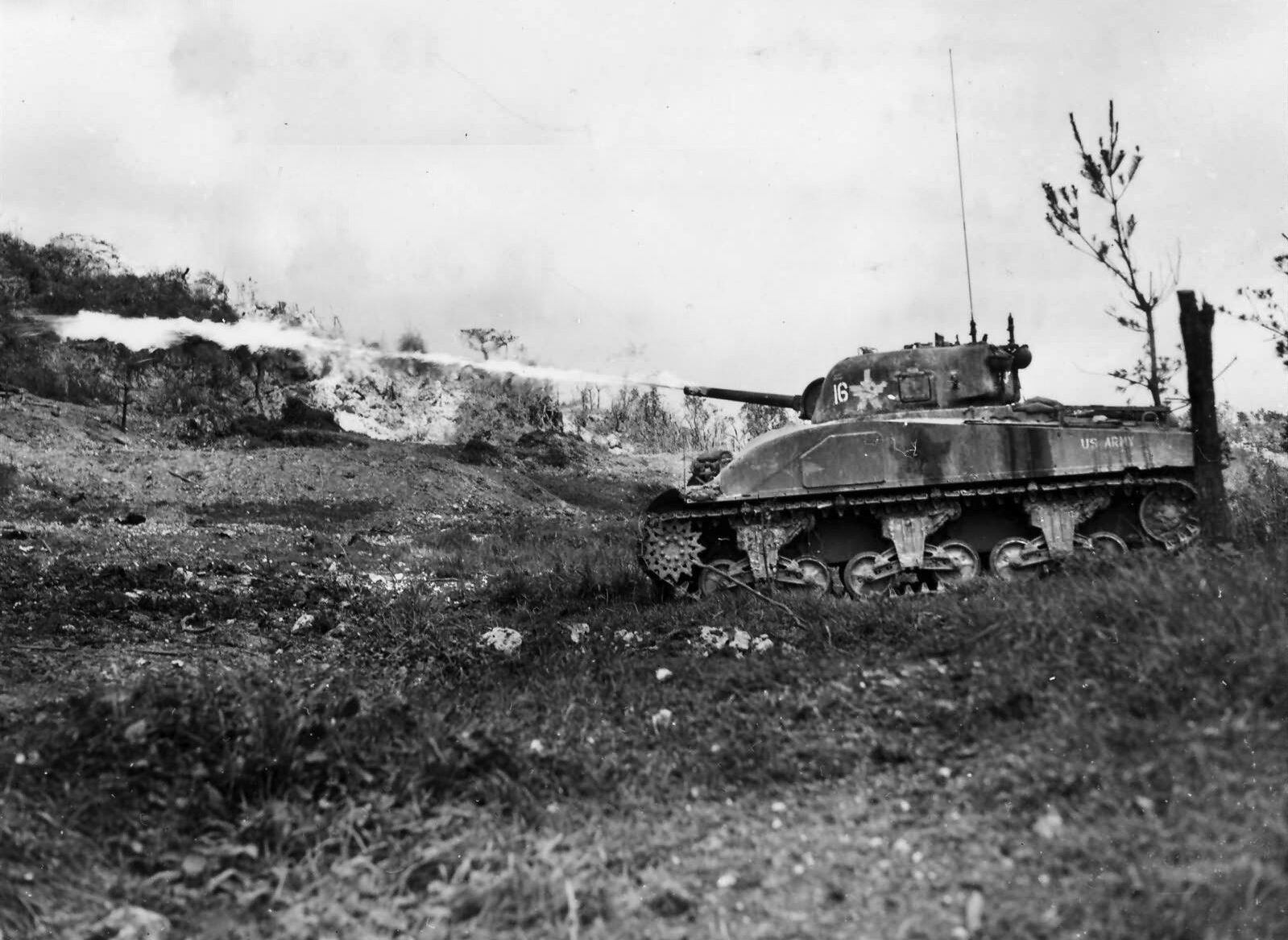
Still, the battle was not one sided. Eight tanks were lost to enemy action in the melee, most hitting mines the Japanese sprinkled liberally throughout the area.
In fact, the Japanese had expected something of the sort from the Americans. Later prisoner interrogations revealed that the Japanese had planned to separate the tanks and their protecting infantry, and to this end the 272nd Independent Infantry Battalion, the 22nd Independent Antitank Gun Battalion, the 2nd Light Machine Gun Battalion, and 2nd Mortar Battalion had positioned their guns, mortars, and machine guns to cover the likely routes of approach by the infantry to halt their advance and pin them down so that the American tanks would be without their vital infantry support. Then suicide squads and 47mm antitank guns would ambush the exposed American tanks. In this they had clearly succeeded, claiming truthfully, “Not an infantryman got through.”
The Americans had learned through hard experience in previous Pacific battles that the best way to use tanks against the entrenched Japanese was with the tank-infantry team. Much time and effort had been placed in training the combat units to use this technique. In the field, it was usually the infantrymen who spotted the hidden antitank guns in caves or behind some camouflage and then reported to the tankers who, peering through small vision slots in the vehicles, could not otherwise see the danger. It was then left to the tank to destroy the gun and crew—something that would otherwise cost the infantry numerous casualties. In return, the tanks would knock out threats to the infantrymen such as machine guns and snipers.
Often, the more powerful tank radios would maintain communication with supporting artillery when the infantry radios failed. The infantry would also ride on the tanks to ward off Japanese suicide squads who tried to rush up and place demolitions on the tanks. In cases where the Japanese were so well dug in that tank or artillery fire could not neutralize them, the tank-infantry team would coordinate their actions to do the job.
While the infantry moved against the enemy position, the tanks would provide covering fire with their cannons, flamethrowers, and machine guns. The tanks would also suppress adjoining enemy positions that were designed for mutual support, enabling the infantry to approach with less enemy fire from those other strongpoints. But the planned infantry support for Company A, 193rd Tank Battalion in Kakazu Village, never appeared.
The battle raged for hours. A medium tank and a flamethrower tank hit horned mines and exploded. As another tank advanced, it was knocked out by a 47mm antitank gun. Before this gun could be found and destroyed, two more flamethrower tanks and three medium tanks were also struck. Japanese accounts claim that suicide squads under the cover of smoke destroyed six American tanks by immobilizing them and then prying open the turret hatches and dropping in grenades, destroying tank and crew.
A post-battle search of the battlefield by Tenth Army analysts reported that one tank had been disabled by a box mine. One of the assault guns foundered in a bog, and the crew was forced to abandon the vehicle on foot.
At one point, a tank platoon commander could see infantry of the 1st Battalion, 105th Infantry atop Kakazu Ridge, but enemy artillery fire soon drove them back. Despite communications with the infantry, no direct help could be provided. Four more tanks fell to Japanese artillery or mortar fire.
Finally, after nearly nine hours of intense, nonstop fighting, the battalion’s operations officer convinced the commander of the 105th Infantry Regiment that the tanks needed to withdraw, that they could not continue without infantry support. He received permission to withdraw Company A from Kakazu Village.
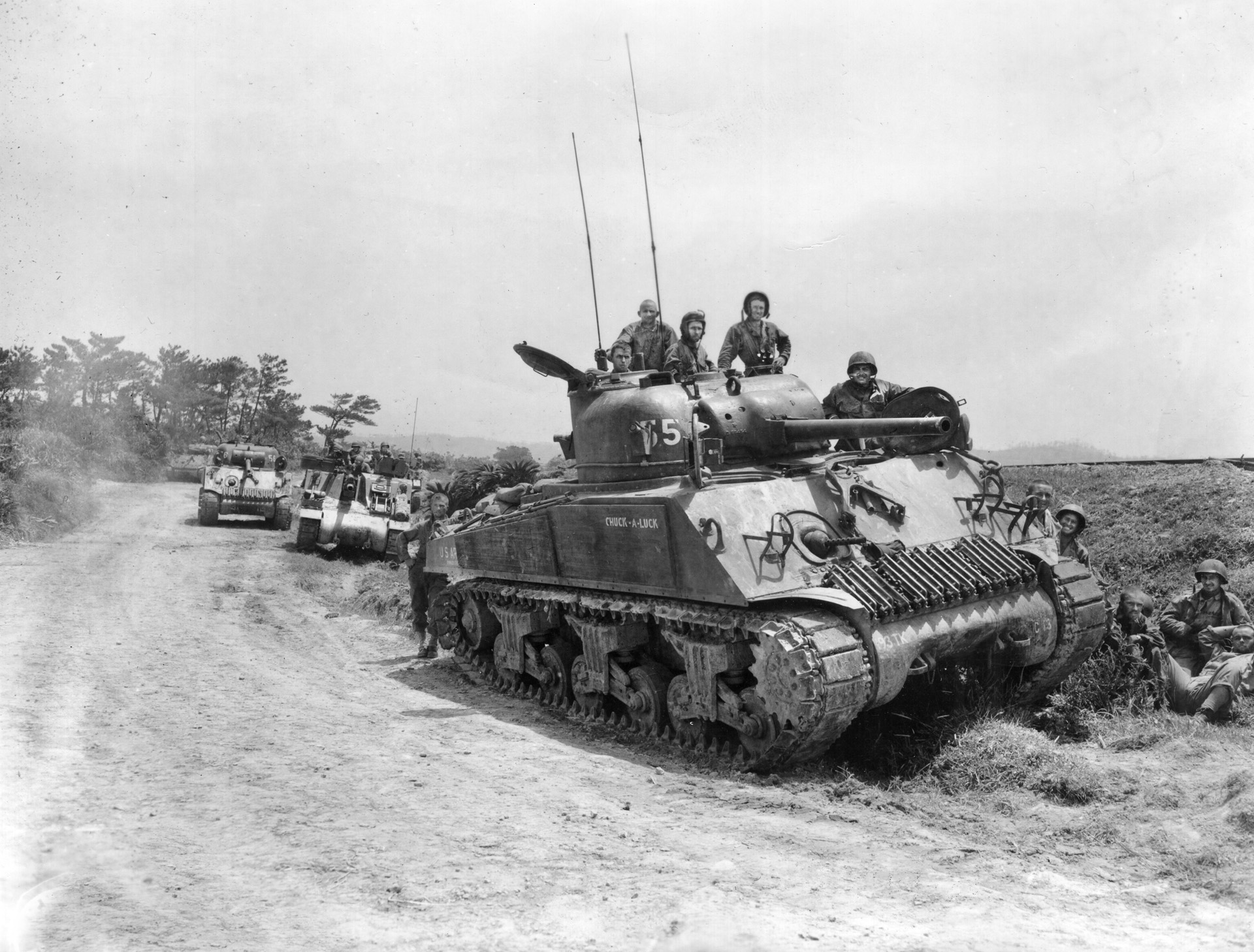
Because so many command tanks had been knocked out, the operations officer went forward in his own tank to ensure that all the survivors got the word to withdraw. As he was doing this, his own tank hit a mine and was disabled, forcing him to return to American lines on foot.
Of the 30 tanks that had entered the fight that morning, only eight were able to return from the front on their own power. Of the 22 tanks left behind, 17 were later salvaged and returned to battle. It was the greatest single battle loss of American tanks in the entire Pacific War. And, as the Army’s official history of the Okinawa campaign says, “The big attack of 19 April had failed. At no point had there been a breakthrough. Everywhere the Japanese had held and turned back the American attack.”
The 7th Infantry Division attacking formidable defenses at Skyline Ridge on Ouki Hill also had been stopped by the vastly outnumbered 11th Independent Infantry Battalion, veterans of the fighting in China.
Because success had not been achieved, General Hodges was determined to force the issue until it was. He directed the 193rd Tank Battalion to try again. On April 21, 1945, a platoon of tanks from Company C and a platoon from the 713th Armored Flamethrower Battalion passed a blown bridge in support of Company K, 105th Infantry. To proceed, the group had to build a bypass at the bridge site. Colonel Behrns and seven tankers climbed down and, with hand tools, built a new bypass while under enemy fire.
Once again the Japanese waited patiently, and when the column about 100 yards past the bridge site the lead tank was hit by a 47mm antitank gun, followed by six more shots in quick succession. Every man in the tank was killed or wounded.
The Company C platoon leader took command of the column and continued forward until they again came to a blown bridge. As they pondered what to do next, the deadly, ubiquitous 47mm guns struck again, killing the platoon commander and crippling his tank. Although the other tanks spotted and eliminated the enemy antitank gun, the advance was stopped and nothing further could be done without an infantry advance. The “death ride” of the tanks on Okinawa was over.
Kakazu Village continued to plague the 27th Infantry Division for several more days. The 105th Infantry Regiment managed to bypass the main enemy resistance atop the ridge and soon had patrols in the village. But, although these patrols found no Japanese, any attempt to enter in force brought down enemy fire. Three times Captain Louis F. Ackerman, commander of Company A, 105th Infantry and a veteran of Saipan, led patrols down to and into Kakazu Village, and three times he saw no enemy and received no Japanese fire. Each time he reported to Colonel Winn, who sent larger units toward the village, only to have them turned back by strong enemy small-arms and automatic weapons fire.
Still not convinced, Winn ordered Ackerman to make another patrol run. Once again, as Ackerman led his men down to the village, there was no opposition. But at almost the moment he set foot in the village he was shot in the back and killed. Four others were killed at his side. The rest of the patrol scattered. Most hid until darkness when they returned to American lines.
The last three survivors of the Ackerman patrol did not return until April 24, three days later, along with some surviving crewmen of Company A, 193rd Tank Battalion, who had spent four days hiding behind enemy lines in rubble, caves, tombs, or even under their destroyed tanks, playing dead whenever the enemy came near.
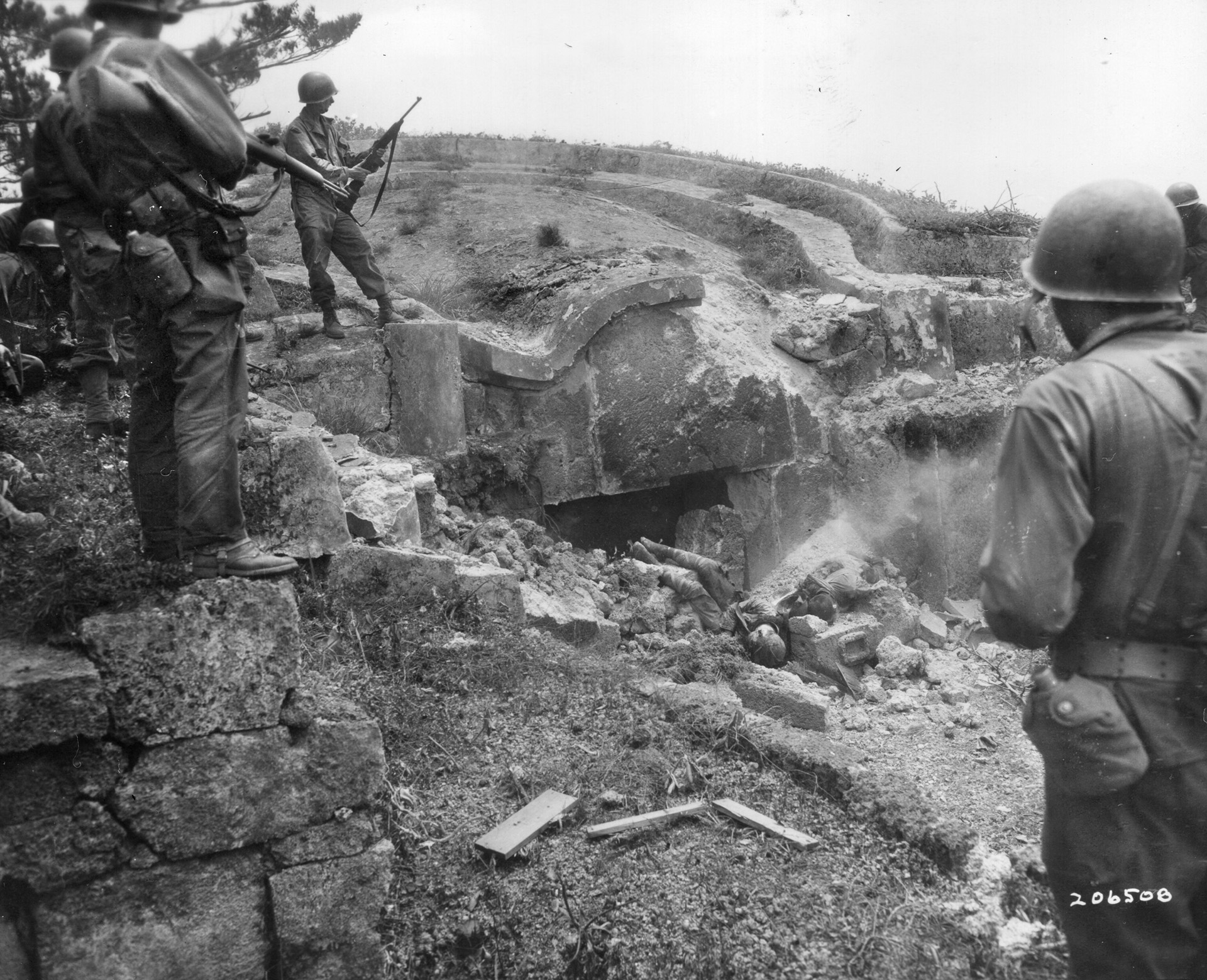
Meanwhile, the Japanese left on top of the ridge continued to bring down fire on the neighboring 96th Infantry Division, whose commander, Maj. Gen. James L. Bradley, complained bitterly to General Griner. Yet, in fact, the 27th Infantry Division had moved ahead of its neighbor, creating a gap through which Japanese continued to infiltrate. There were also Japanese behind its lines, still on Kakazu Ridge. The division had no reserves left to commit to the battle.
To eliminate the threat, the 2nd battalion, 105th Infantry fought to clear the Pinnacle—a task that cost the battalion significant casualties, the senior surviving officer being a captain. The 27th Cavalry Reconnaissance Troop, with some tanks from the 193rd Tank Battalion, tried again to subdue Kakazu Village, but after a day of fighting had gained only 50 yards and had to be pulled back to keep from being annihilated. A massive artillery barrage saturated the village, but when American forces again tried to enter, they were stopped by “a wall of fire.”
To coordinate the operations in the pocket—which now involved two of his corps’ divisions—General Hodges placed Brig. Gen. William B. Bradford, the assistant commander of the 27th Infantry Division, in charge of all units involved in reducing the Kakazu Pocket. That evening the Japanese launched a counterattack against the 105th Infantry Regiment. Supported by a heavy artillery barrage, the attack was broken up by naval artillery called down by Colonel Winn’s regiment.
The next morning, April 22, 1945, General Griner requested help from XXIV Corps in reducing the pocket; the 3rd Battalion, 17th Infantry Regiment, 7th Infantry Division was brought up. To increase his chance of success, Griner also ordered his own 102nd Engineer (Combat) Battalion to assemble near the Machinato Inlet and to be prepared to fight as infantry. By nightfall on April 22, every infantry battalion of the division was committed—the only reserve was the division’s engineers.
Yet it was not until that same night thatGeneral Hodges decided to intervene personally and created the Bradford Task Force. Brig. Gen. Bradford assembled a task force that was made up of battalions from the 7th, 27th, and 96th Infantry Divisions supported by tanks, armored flamethrowers, self-propelled assault guns, and 4.2-inch chemical mortars. This force was to secure Kakazu the following day.
April 24 dawned dark and rainy. Heavy clouds obscured the sky. Despite intermittent enemy artillery, the Bradford Task Force attacked behind a thundering 13-minute barrage of its own. To their immense relief, there was no resistance. The Japanese, having been outflanked, had evacuated the Kakazu Pocket during the night under the cover of their artillery. By afternoon, the area had been cleared, and the junction of the 27th and 96th Infantry Divisions was secured along the Urasoe-Mura Escarpment.
Over the next few days, more than 600 Japanese bodies would be counted in the area. Many more were buried in sealed caves and mass graves dug by the Japanese. It had been a costly battle, but the first of the defensive circles protecting the Shuri Line had been pierced. Much hard fighting lay ahead, as the Japanese did not surrender or voluntarily yield a single foot of ground; the Japanese soldier fought until he was killed.
What had been most impressive about the Japanese resistance was their strength in artillery. Never before had the Americans encountered such a large quantity of artillery (mortars, too) and the ability to use it effectively, especially while supporting infantry attacks.
The battle for the First Shuri Line finally came to a close at the end of April, when the 27th Division’s 165th Regiment secured the Machinato airfield. It now became time for the rest of the American Tenth Army to begin chipping away at the Second Shuri Line. It would be a long, hard, and deadly struggle that would not end until June 30, 1945.
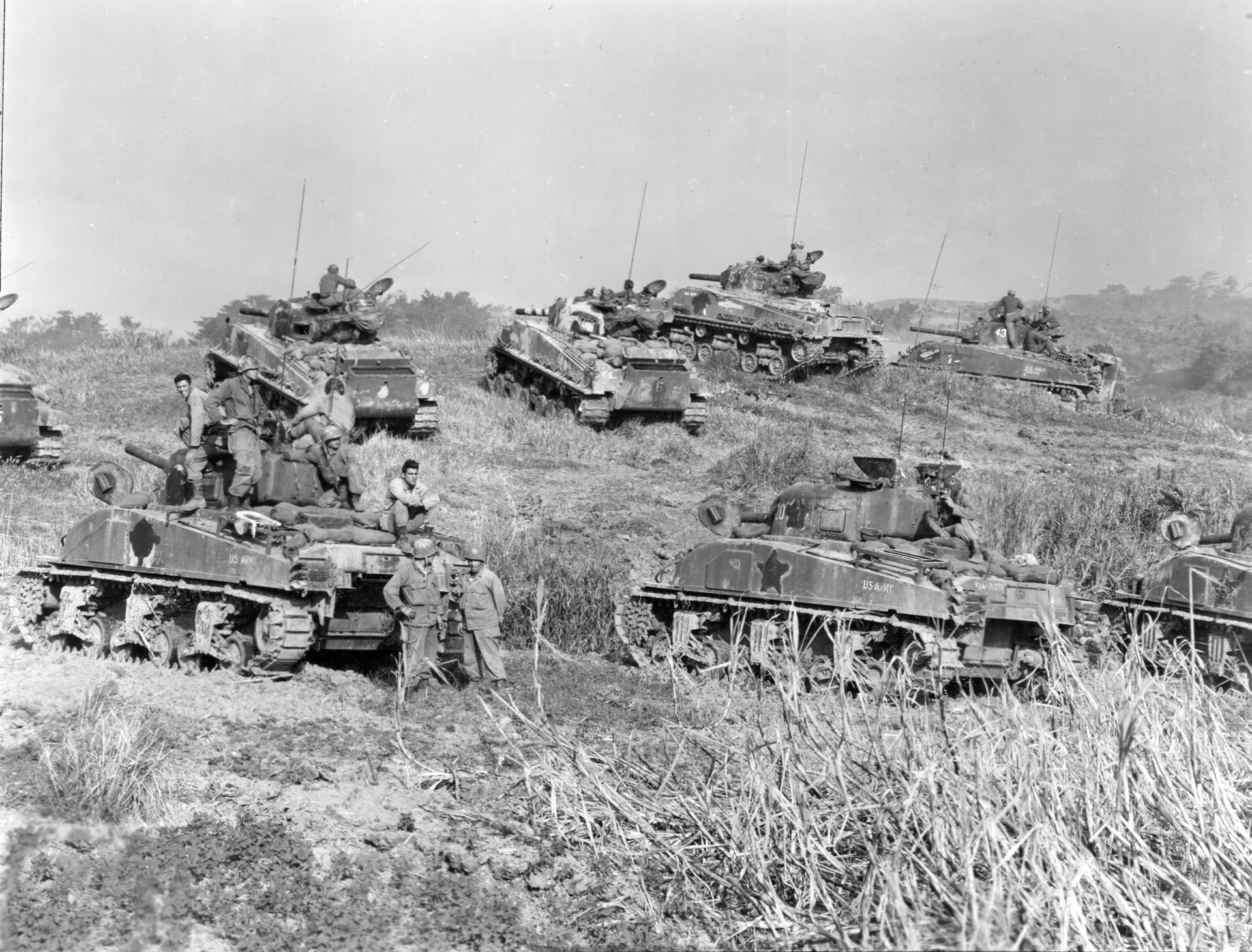
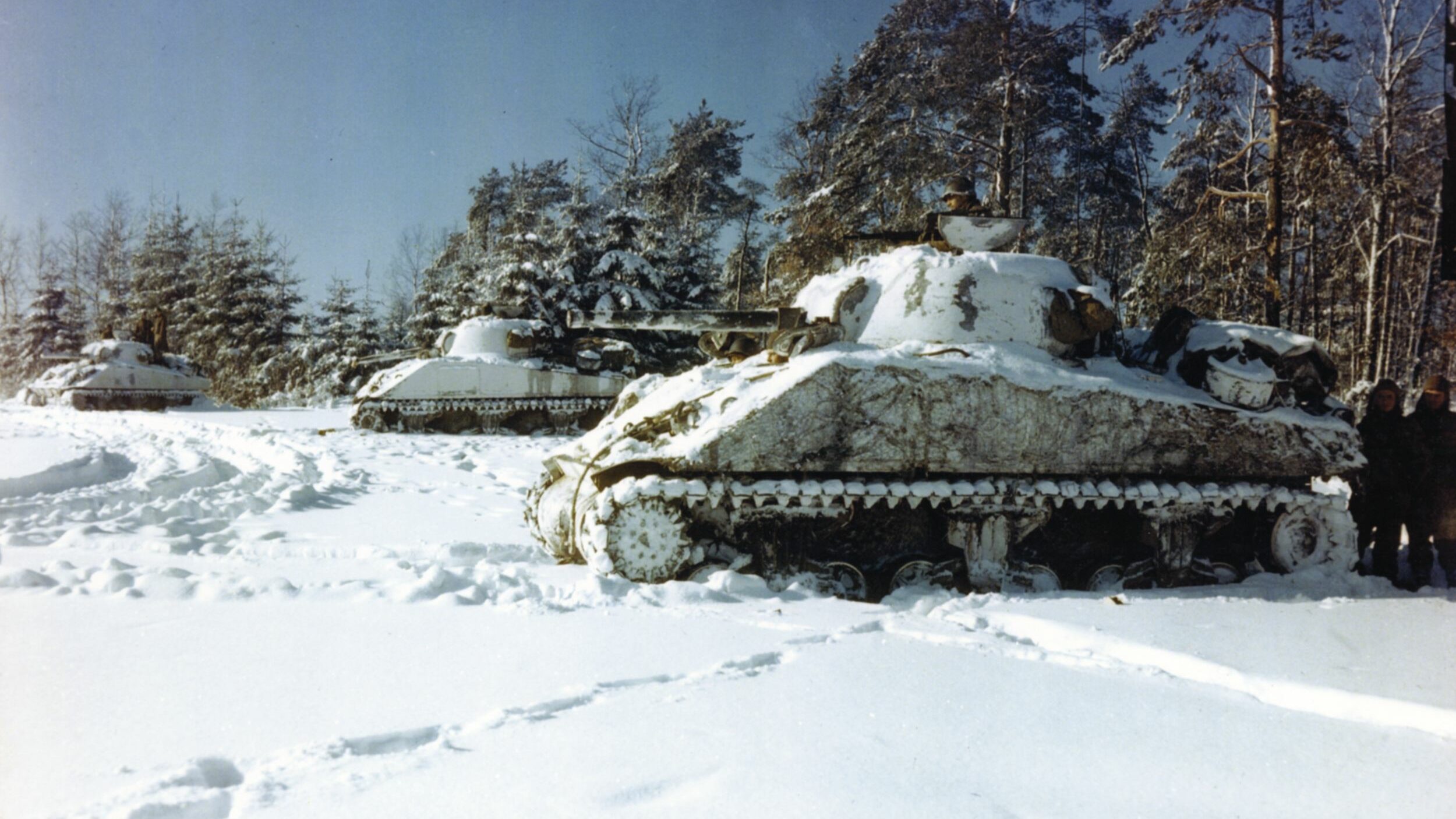
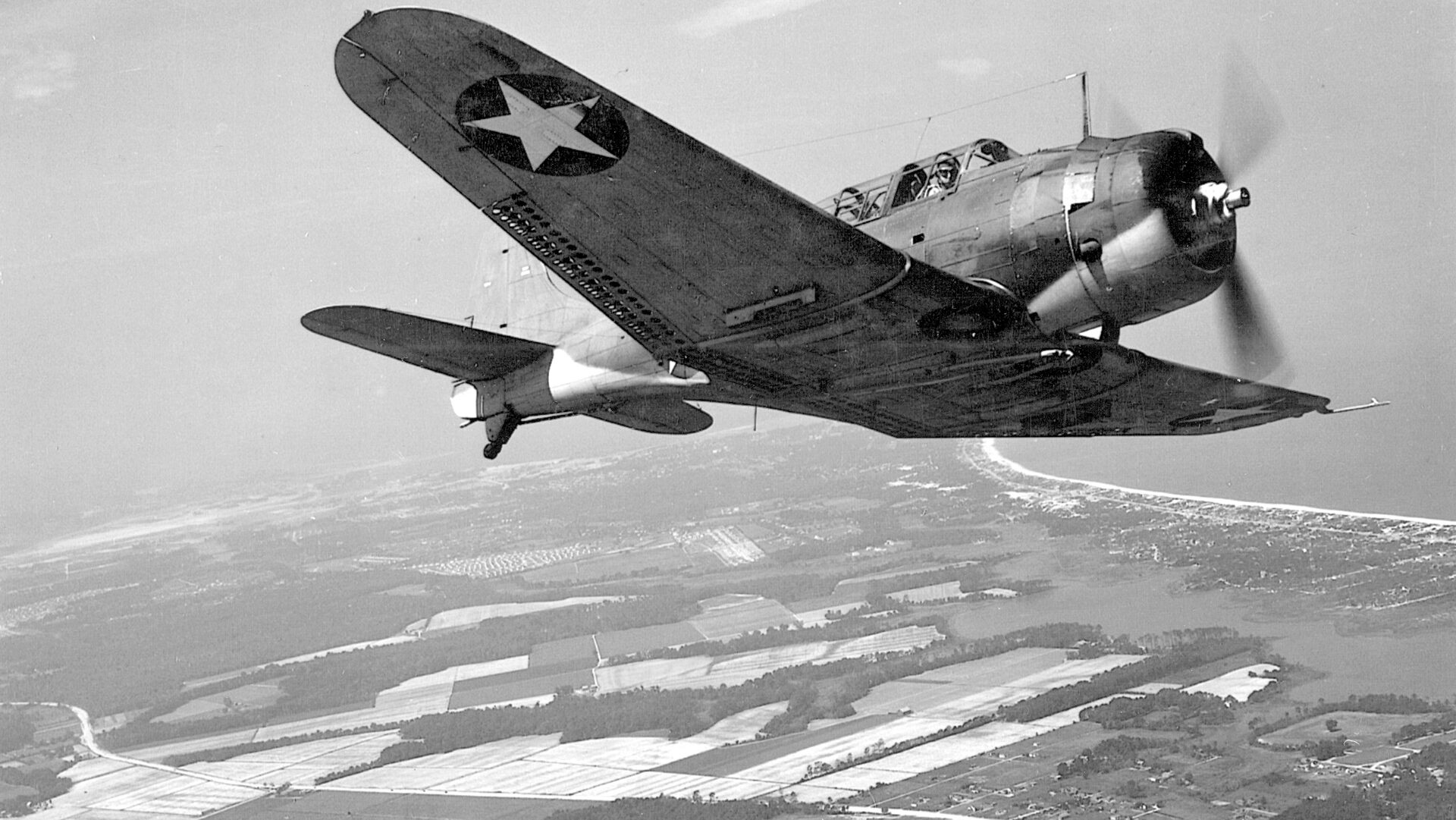
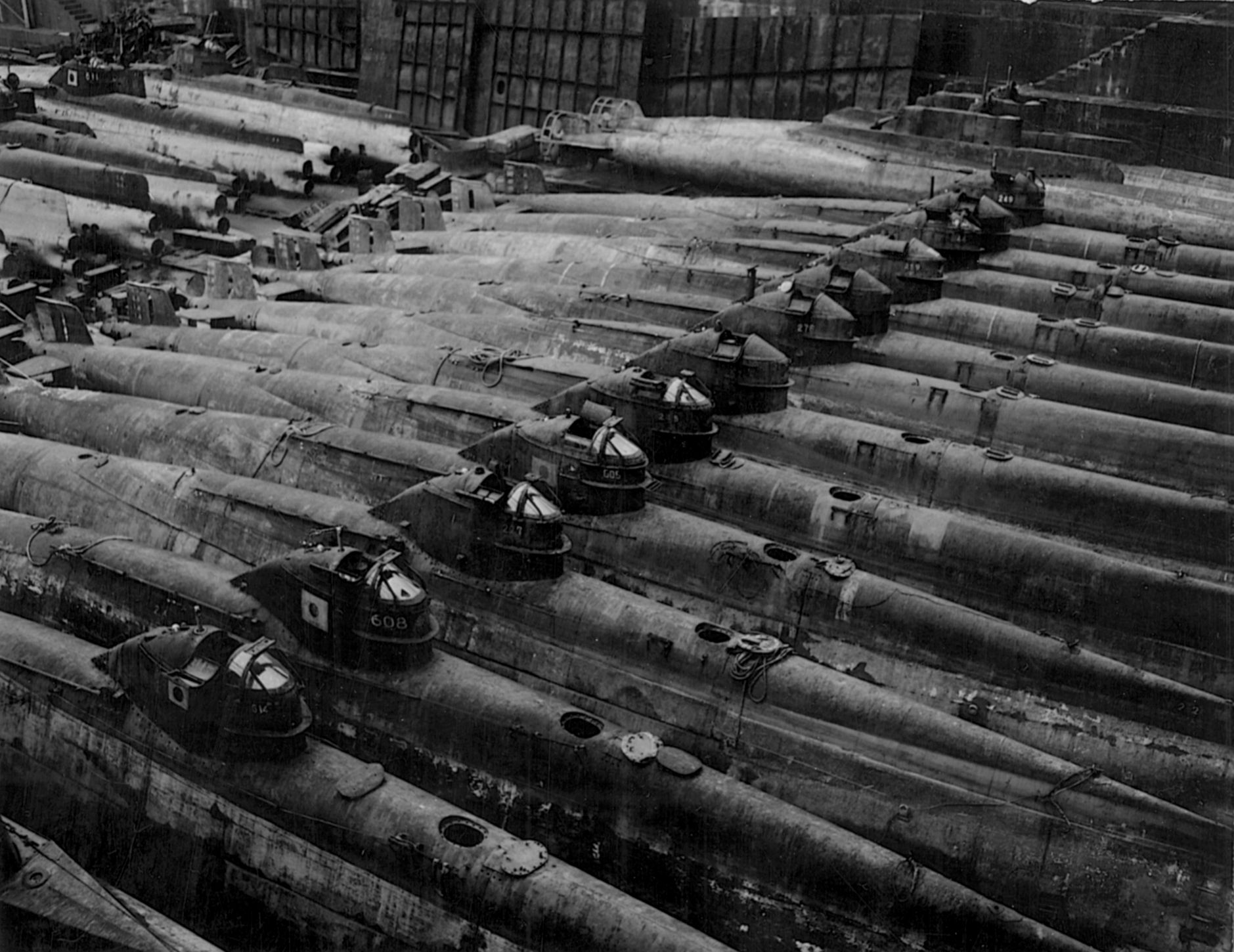
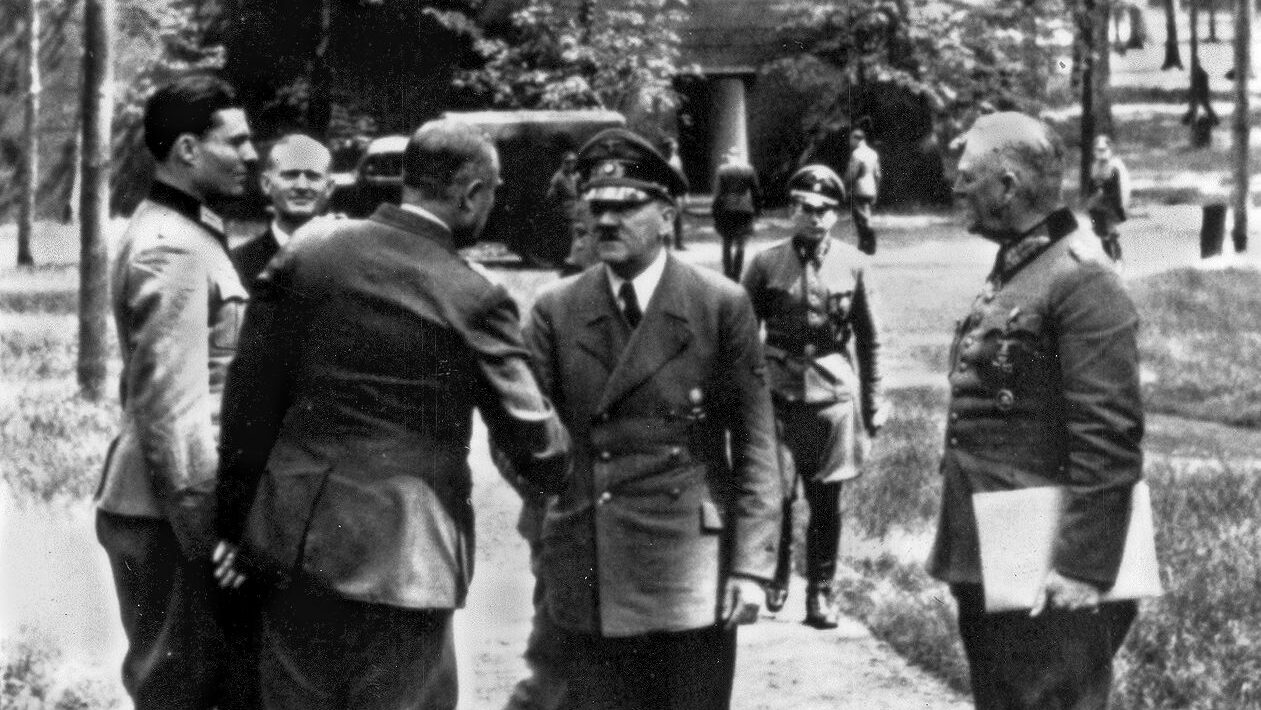
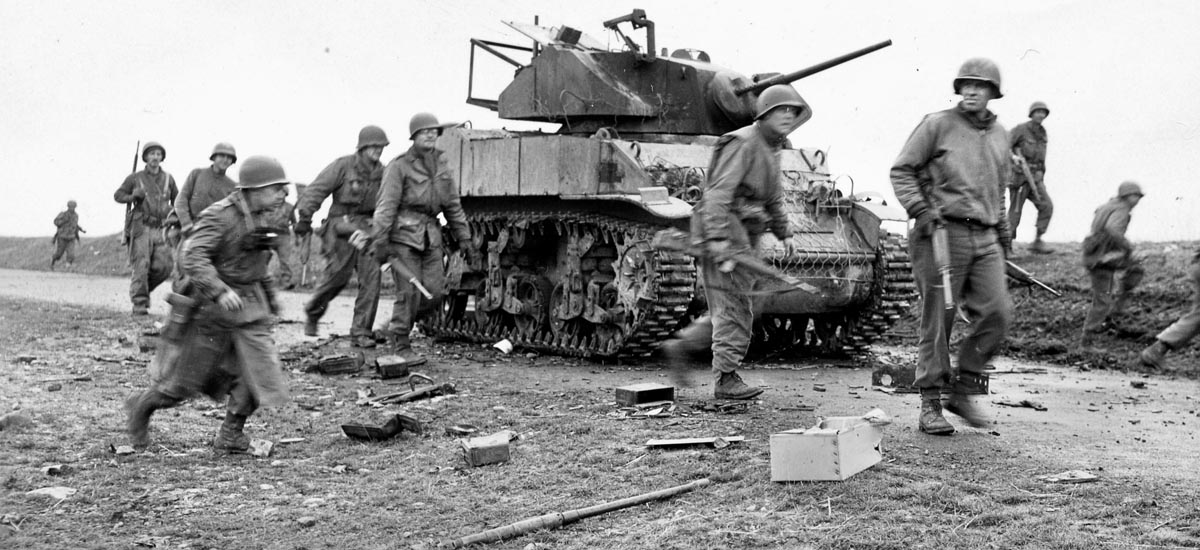
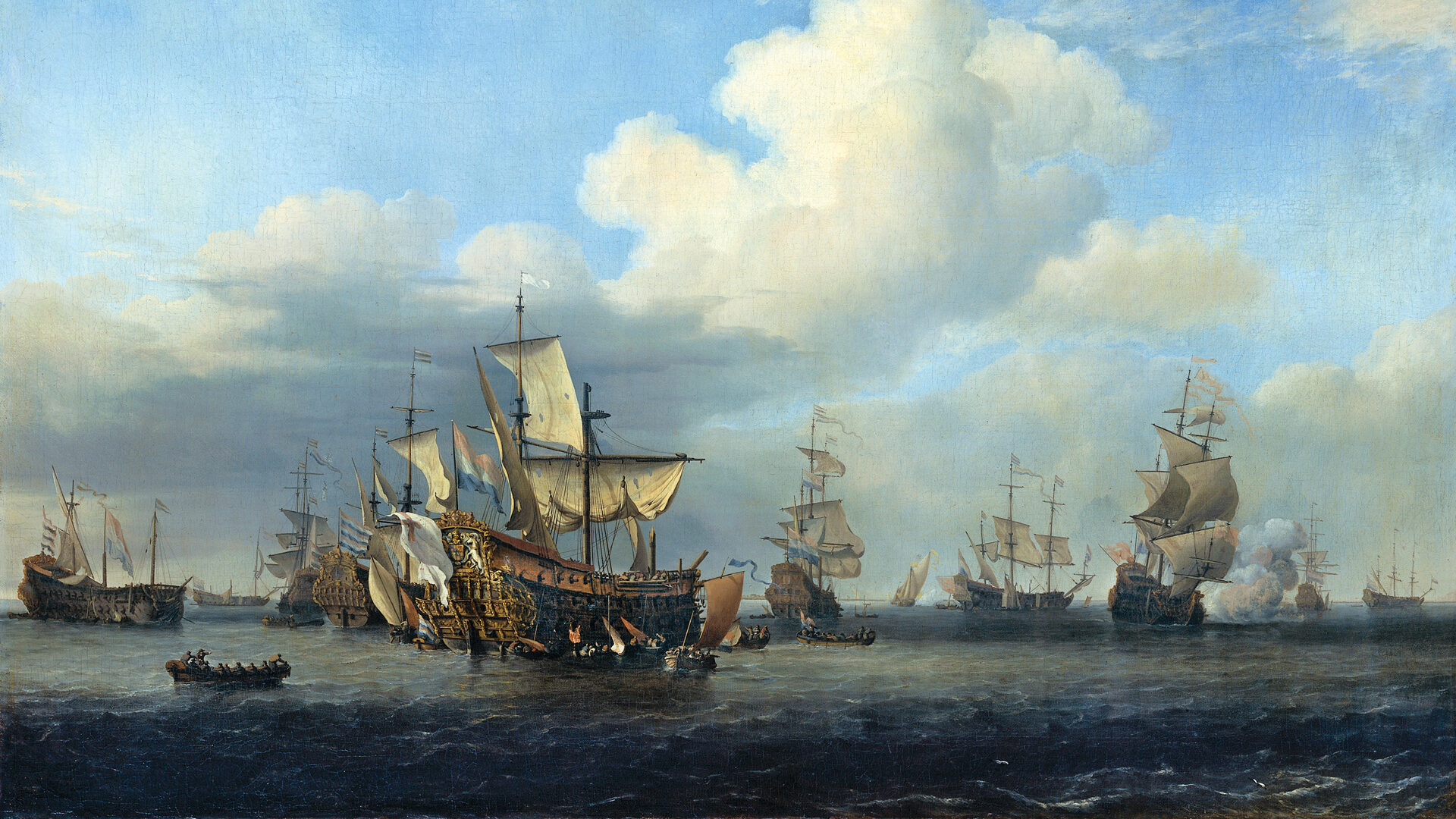
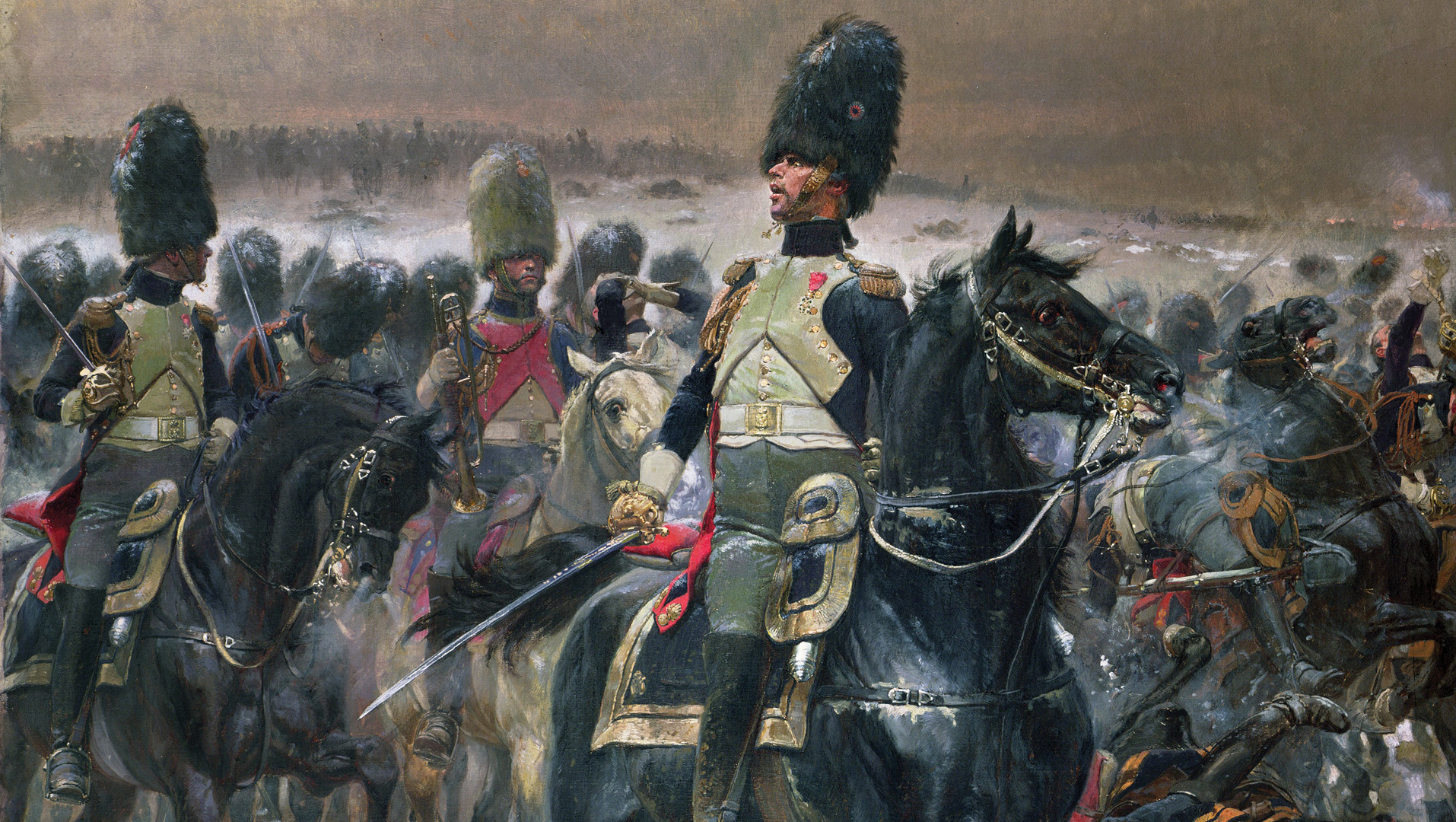
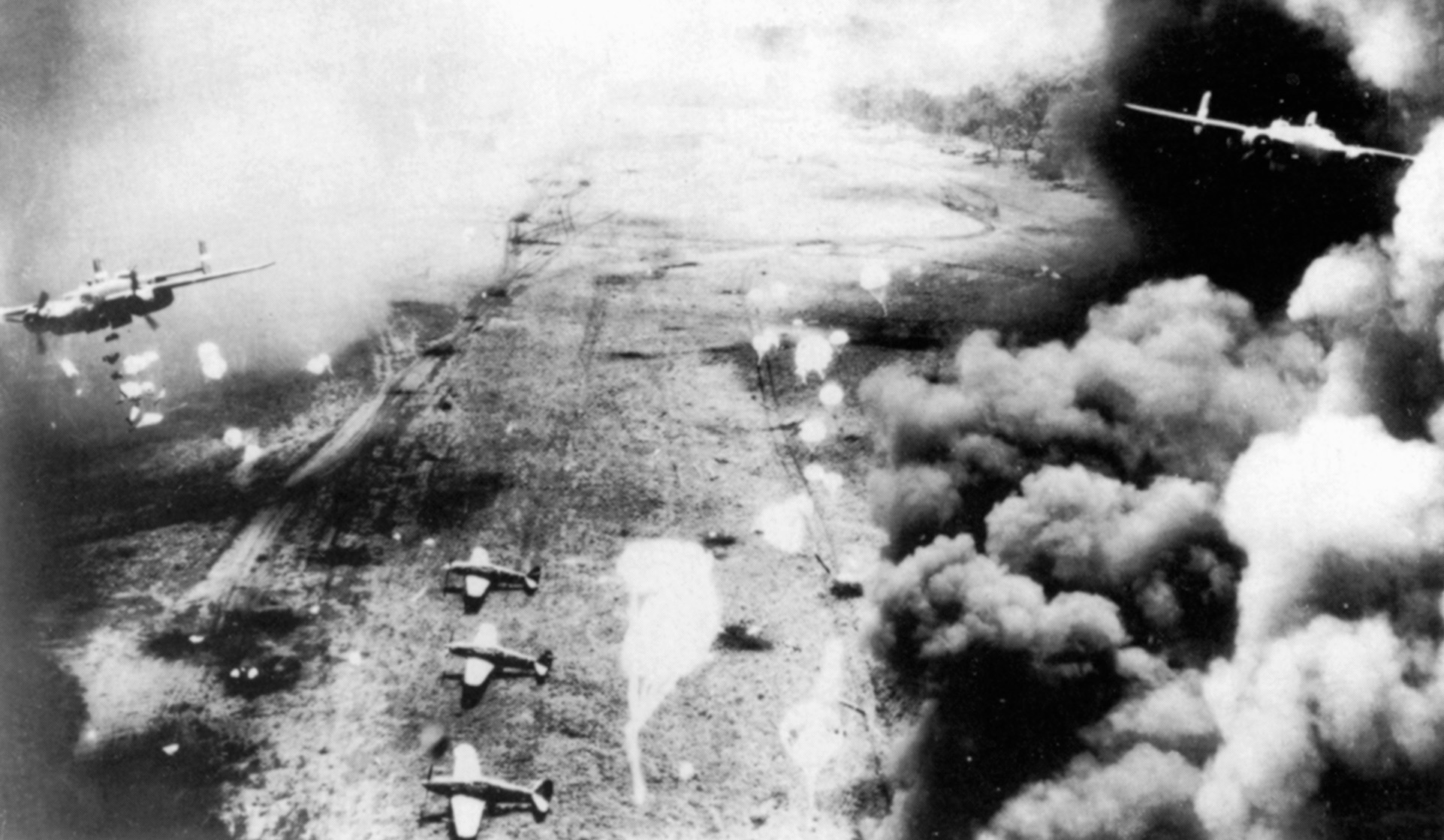
This was hardly a ‘death ride’. To me, a ‘death ride’ means all were killed/destroyed, and here most of the tanks were repaired quickly.